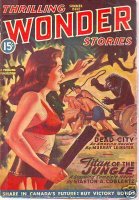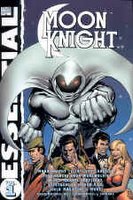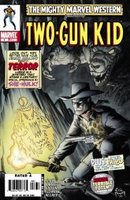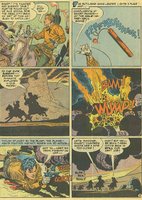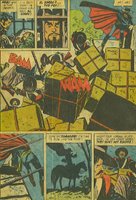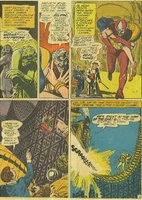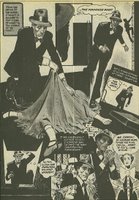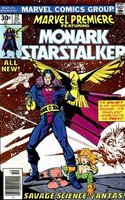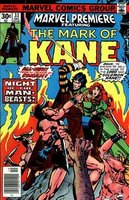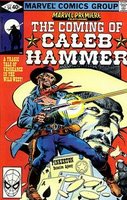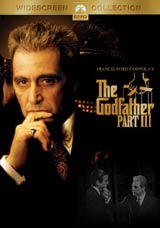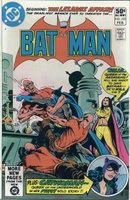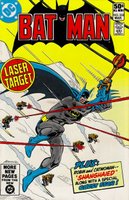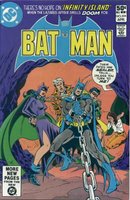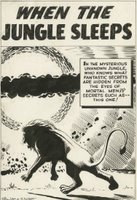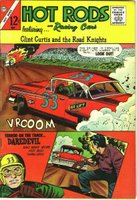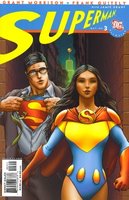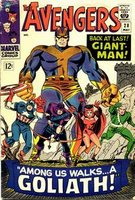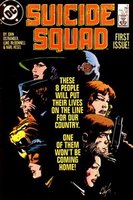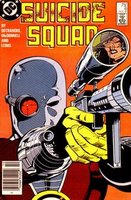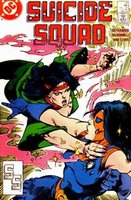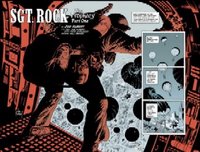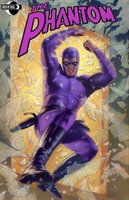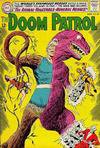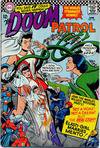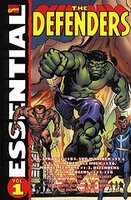Alter Ego Subscription
This came from my 1 year old Logan (his mother helped him out a bit). I’ve been a subscriber for years. Roy Thomas’ fanzine (prozine?) can be a bit hit and miss, but where it’s on, it is a wonderful read. I just don’t want any more issues dedicated to Timely checklists. The Nedor/ACG stuff was great and I always love learning about non-Big Name creators.
Back Issue Subscription
Again from Logan (with Kat’s help). I’ve picked up maybe 5 or 6 issues of Back Issue and have enjoyed it quite a bit. It’s not terribly text heavy, so I find that I fly through a bit faster than I’d like but they hit on some topics that I really enjoy (like the Don Newton stuff recently). I am really looking forward to this showing up at the door every month.
 Essential Luke Cage Vol. 2
Essential Luke Cage Vol. 2Nice! My sister and brother-in-law live a few blocks from my favourite comic shop in Toronto (Paradise Comics) and grabbed this one for me hot off the press. I grew up reading Power Man and Iron Fist and although these stories haven’t aged very well, I cannot resist them. Call it camp, call it whatever – just don’t call it boring. I am looking forward to spending some quality time with Mr. C.
Essential Defenders Vol. 2
This also came from my sister and brother-in-law. I like, but didn’t love, Volume 1. My hopes are high for this volume as I know that it contains a good chunk of Gerber. I read Defenders as a kid, but that was mainly after issue #75, so this is all fresh stuff for me. It’s a great way to read a ton of old stuff.
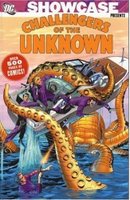 DC Showcase Presents: Challengers of the Unknown
DC Showcase Presents: Challengers of the UnknownThis was a gift from my parents. I have only read a few of the Challs’ early adventures, through the off back issue and various reprints in the 70s. I really like this period of Kirby art so I am anxious to get reading. I read the initial Showcase story and it was pretty good – although I wished they’d took a bit more time to explore the ‘living on borrowed time angle’. Darwyn Cooke was able to improve on it in New Frontier without trampling on what his predecessors had accomplished. The Kirby art looks great in b&w – very interested to explore the issues inked by Wood. I’ve always found Bob Brown to be a bit underappreciated, so I am looking forward to his pencils too.
DC Showcase Presents: The Unknown Soldier
This is from my parents. I own most of the issues in the collection, but really wanted it in this collection. I love the Unknown Soldier, and there’s some great stuff in this one. The first few stories aren’t the greatest as it is mostly just typical DC Silver Age war stuff. Once the writers get a real feel of what a great character the Soldier can be, the series takes off. It’s too bad it cuts off halfway through the Michelini/Talaoc run. I just hope that inspires DC to put out of Volume 2.
DC Showcase Presents: The Haunted Tank
My parents gave me this and then asked me what it was about. You should have seen the look on their face when I explained that it involved a WW2 tank haunted by the ghost of JEB Stuart. Some things are better off being discussed amongst us nerds.
With a one-year old running around the house, I don’t get as much reading time as I’d like, so it will likely take me a while to get through this stuff but it’s great to have a stack of wonderful material sitting on the bookshelf.




